Design for Social Good: A New Imperative for Designers For decades, the role of a designer has been predominantly associated with commerce—crafting elegant logos, creating persuasive advertisements, and designing products that drive profit. However, a new and powerful imperative is reshaping the field: design for social good. This approach leverages the core principles of design thinking—empathy, iteration, and problem-solving—to address pressing societal challenges. From climate change and public health to social justice and education, designers are increasingly using their unique skills to create meaningful, lasting change. This is not merely an act of philanthropy; it is a fundamental shift in the purpose of design itself, repositioning it as a critical tool for building a more equitable and sustainable world.
The foundational power of design for social good lies in its human-centered methodology. Unlike traditional problem-solving that might begin with a technological or business-driven solution, social impact design starts with a deep and empathetic understanding of the community it aims to serve. A designer’s first task is to listen, not to speak. This involves immersing oneself in the lived experiences of the end-users, whether they are individuals experiencing homelessness, students in a struggling school system, or victims of a natural disaster. By conducting in-depth research, holding co-design workshops, and observing real-world behaviors, designers can move beyond assumptions and identify the root causes of a problem. This collaborative process ensures that solutions are not imposed upon a community from the outside, but are instead developed in partnership with those who will be most affected by them. The result is a solution that is not only effective and relevant but also owned and sustained by the community itself.
One of the most visible ways designers impact social good is through their work with nonprofits and cause-driven campaigns. For these organizations, a compelling visual identity and clear communication are not just about brand recognition—they are vital for survival. A designer can transform a nonprofit’s fundraising efforts by creating an engaging website with a seamless donation process, or design a powerful social media campaign that turns a complex issue into a shareable, emotional story. For instance, a designer might use data visualization to create an infographic that breaks down a charity’s impact in a visually digestible format, thereby building trust and inspiring action among potential donors. By employing a thoughtful color palette, purposeful typography, and impactful imagery, a designer can evoke the right emotions, clarify a mission, and reinforce the organization’s credibility.
Furthermore, design for social good extends far beyond branding. It involves the creation of tangible products and services that directly improve lives. This could be a simple, well-designed mobile app that helps people locate nearby social services, a new type of low-cost, energy-efficient housing, or an educational toolkit that helps students understand complex issues like gun violence. The application of design thinking in this context is what led to the development of the “Nosh” recipe app, which cleverly embedded a hidden helpline for domestic violence victims. By deeply researching the needs of a vulnerable population, the designer was able to create a product that served a dual purpose: providing a sense of normalcy and offering a lifeline for those in crisis. This is a powerful example of how a designer can use their skills to create solutions that are both subtle and profound.
Ultimately, design for social good represents an evolution of the designer’s role from a creator of aesthetics to a facilitator of change. It asks designers to consider the ethical and social implications of their work and to measure success not just in clicks or conversions, but in the tangible positive impact on human lives. As designers embrace this new paradigm, they are not only redefining their own profession but also proving that creativity and empathy, when combined with a rigorous process, are among the most powerful forces for a better future.
